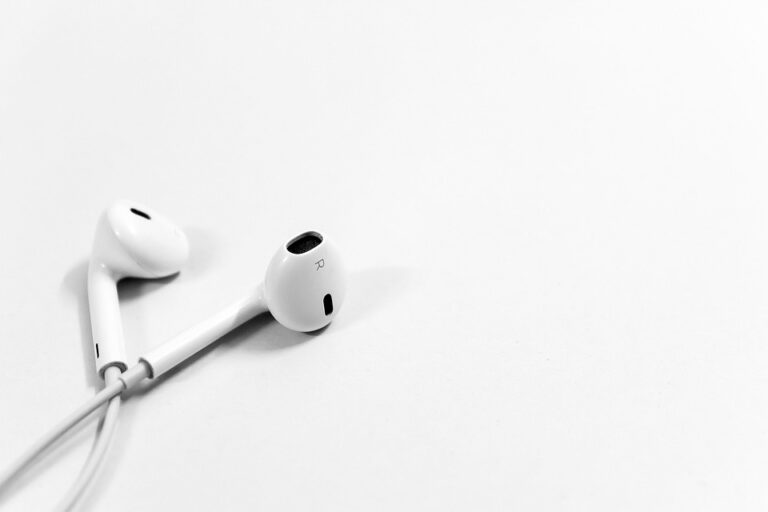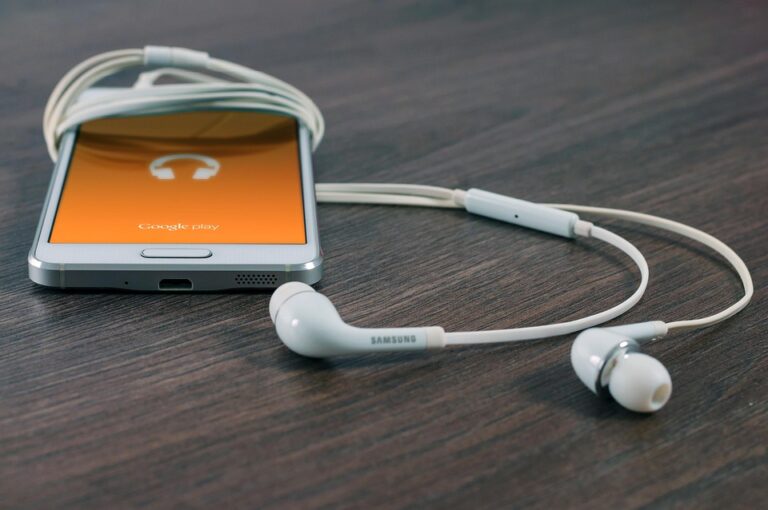
Exploring the Evolution of USB-C Cables: A Comprehensive Guide
In recent years, the USB-C cable has emerged as a veritable game-changer in the realm of technology. But what exactly has propelled this connector into the limelight, and how has it evolved over time? The answers are not merely rooted in convenience but are intertwined with the very fabric of our digital lives.
A Brief History of USB Technology
To understand USB-C, one must first appreciate the journey of its predecessors. The Universal Serial Bus (USB) was introduced in 1996 as a means to standardise connections between devices. Over the years, the technology saw several iterations: USB 1.0, 2.0, and the more recent USB 3.0 and 3.1. Each version brought improvements in data transfer speeds and power delivery capabilities. Yet, despite these advancements, the connectors remained relatively cumbersome and often confusing—who hasn’t struggled with the infamous USB-A and USB-B connectors?
The Birth of USB-C
Enter USB-C, introduced in 2014. Unlike its predecessors, this new connector was designed from the ground up to be reversible, eliminating the age-old frustration of fumbling with the orientation. However, the appeal of USB-C goes beyond mere convenience. It supports a wide array of protocols, including Thunderbolt 3, DisplayPort, and HDMI, which allows it to handle video, audio, and data simultaneously. This versatility has led some experts to speculate that USB-C could eventually replace not just USB-A and USB-B but also numerous other connectors entirely.
Power Delivery: A Revolution in Charging
One cannot discuss USB-C without mentioning its remarkable power delivery capabilities. With the ability to deliver up to 100 watts of power, it has transformed the way we charge devices. Laptops that previously required bulky power adapters can now be charged using a simple USB-C cable. This has prompted a shift towards a more streamlined approach to charging, as evidenced by the increasing number of manufacturers opting for USB-C as their charging standard. Yet, this raises questions: will this uniformity lead to a reduction in e-waste, or will it inadvertently create new challenges in compatibility?
The Role of Standards and Compatibility
Despite its many advantages, the evolution of USB-C has not been without its pitfalls. The introduction of the USB-C standard has led to a proliferation of cables and adapters, which can complicate matters for the average consumer. It’s crucial to note that not all USB-C cables are created equal; some may support only data transfer, while others are capable of higher power delivery or video output. Such discrepancies highlight the importance of understanding the specifications before making a purchase. As the saying goes, “Buyer beware”—especially in the world of technology.
Looking Ahead: The Future of USB-C
As we move forward, one can only ponder what the future holds for USB-C. With rapid advancements in technology, will we see a new standard emerge, or will USB-C solidify its status as the universal connector? Analysts suggest that ongoing developments in data transfer speeds and power delivery will continue to shape the landscape. Moreover, as industries push for sustainability, the ability of USB-C to reduce the number of cables and chargers could play a pivotal role in future innovations.
In a world where technology is ever-evolving, keeping abreast of such changes can feel daunting. However, platforms like BargainsTrust are here to guide you through the myriad options available, ensuring you make informed choices that align with your tech needs. Whether you’re seeking the latest USB-C cables or exploring other gadgets, rest assured that we continue to bring you curated selections to enhance your digital experience.






